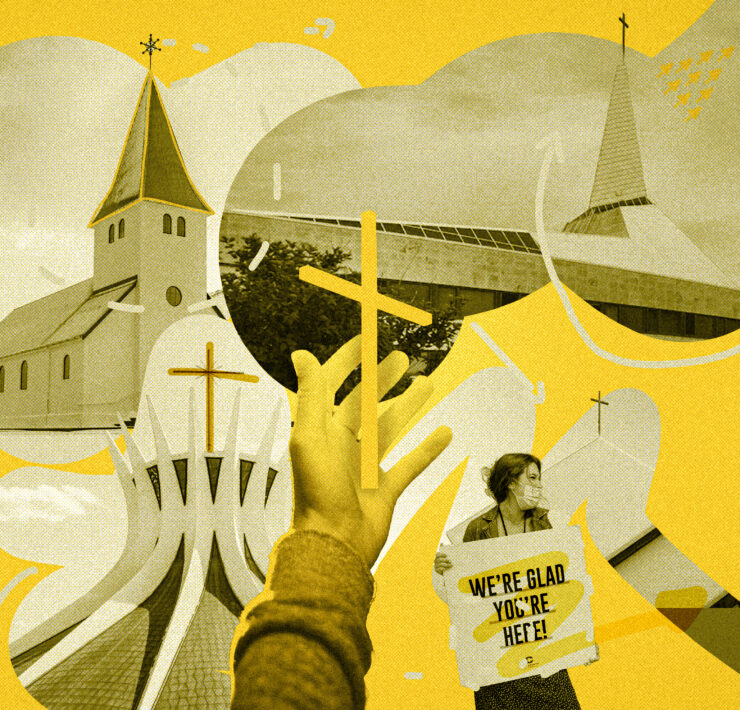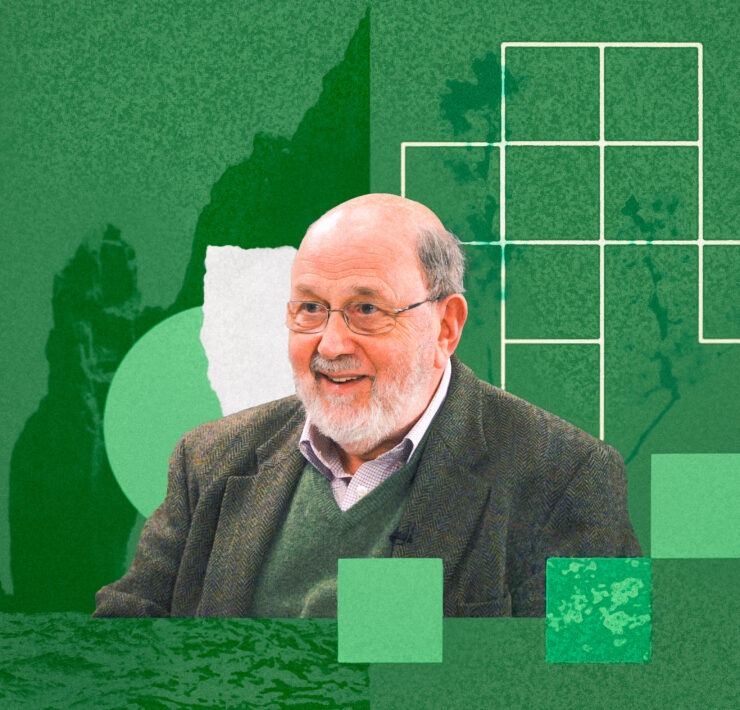These days, as people around the nation become more aware of racial injustice, many young Christians of all races are eager to be part of the solution.
That’s great news; we need every available hand on deck! But since so many of us have grown up in racially isolated communities, many of us don’t know what racial reconciliation looks like, what it requires of us, or how to work toward it. If we’re not careful, our lack of understanding can 1) paralyze us, preventing us from taking steps toward reconciliation, or 2) cause us to jump onto the racial reconciliation bandwagon without any direction or intentionality.
The good news is there’s a third option. Just about anyone can be a racial reconciler, and it’s never too late to start. But it takes effort, sacrifice and a whole lot of heart. Here’s where I suggest you begin:
Know the Truth.
It’s tempting to think that reconciliation is a pie-in-the-sky multiracial kumbaya sing-along in which people of all colors croon together in perfect harmony. That would make a fabulous Broadway number, but that’s not racial reconciliation.
Thankfully, reconciliation is much more profound and beautiful. In the Greek, reconciliation is katallassō which literally means “to change, or exchange; to effect a change.” The word katallassō is often used by the apostle Paul to describe the restoration that can occur after two groups have been at odds (e.g., Romans 5:1-11).
Through the process of reconciliation, two groups that were once alienated from each other begin to identify with each other and stand in solidarity. This is a tall order! In a world that is plagued by racial division and inequality, reconciliation requires a profound change in the way we interact with each other. Groups (e.g., black and whites) that are accustomed to having little firsthand knowledge of each other must learn to not only know each other, but identify with each other. Groups that are accustomed to being at odds with each other must acknowledge the grievances and then do what it takes to make peace.
Reconciliation is not for the faint of heart—but when it actually occurs, it is truly spectacular and well worth the effort.
Embrace Your Racial Identity.
Many people wrongly believe it’s easier to achieve racial reconciliation if we ignore our racial identities. In other words, we think “not seeing color” is the best pathway to racial harmony. But to take this approach would be a huge mistake because God created us with different skin color, physical features and family lineages. So racial reconcilers must engage in courageous self-examination:
- What does it mean for me to be white, black, Asian and/or Hispanic?
- What is my racial heritage and history?
- What is my racial culture and how is it expressed?
- What are the common experiences of my race?
- What does society say about my race? What does God say? Which one do I believe?
- What does it mean for me to genuinely express my racial identity?
- How does God want to use my white, black, Asian and/or Hispanic identity to reconcile people to each other and to God?
We’re not meant to ignore our racial differences; we’re meant to identify and embrace them so that we can know how our identities uniquely contribute to the larger puzzle of the family of God. We don’t need identical puzzle pieces; we need unique ones.
Confront Your Privilege and/or Oppression.
Reconciliation begins with the acknowledgment that we live in a broken world, one that is plagued by racial inequality. In our society, whites are privileged; whites are accommodated while non-whites are alienated.
One example of this is the well-known Jamal and Lakisha study, in which researchers sent identical résumés to numerous companies all over the U.S. The only thing they changed on the résumé was the name. They used common “white” names (e.g., Greg and Emily) or common “black” names (Jamal and Lakisha). The researchers found that when name on the résumé was Emily or Greg, the hiring managers at the company were significantly more likely to invite Emily or Greg in for an interview than when the résumé name was Jamal or Lakisha. This study is simply one of many studies that demonstrates the existence of white privilege.
As racial reconcilers, we must not only see inequality in the abstract, we must also see how inequality affects us personally. This means that whites must examine and acknowledge the ways in which society privileges them, and non-whites must examine and acknowledge the ways in which society oppresses them, to varying degrees. Both whites and non-whites must recognize the ways in which their advancement through life (e.g., getting into college, avoiding the penal system, getting promoted, earning money, etc.) is propelled by racial privilege and/or thwarted by racial oppression.
This is crucial; when we see how racial inequality personally affects us, we are better able to fight for equality.
Count the Cost.
Everybody desires racial reconciliation, but few people are willing to pay for it. Reconciliation work is costly because it is the work of the Cross. We kid ourselves if we think we can enjoy restored relationships without paying the price for them.
Jesus our Great Reconciler knew this all too well. His pursuit of reconciliation led to His death, so we could enjoy relationship with God. Reconcilers have the honor of following in Jesus’ footsteps, but we also must recognize that reconciliation will lead to our own deaths. We may not experience physical death as reconcilers (although that is possible), but we will certainly experience other forms of death: death of cultural idolatry, comfort, individualism, narrow-minded perspectives, personal- or group-based power, control, ethnocentricity, certainty and more. I’m not going to lie. I can tell you from experience that these deaths can be excruciating.
Racial reconciliation isn’t a goal; it’s a way of life. The way of the reconciler requires constant self-sacrifice and self-giving. It leads to places and experiences that will stun you in both terrifying and beautiful ways. Reconciliation costs everything but, like the Cross, it also offers everything. I’ve never known more freedom, joy and intimacy with God and others than I’ve known in the midst of the excruciating and magnificent work of reconciliation. It truly is what we were created to do.
Leave Your Turf and Join the Movement.
Jesus began his journey of reconciliation by leaving the comfort and familiarity of the Trinity, embarking on a cross-cultural mission to Earth, identifying with us and making the burdens of humanity His own. We begin our journeys of reconciliation by doing the same—by leaving the comfort and familiarity of our racially isolated worlds, engaging across racial lines, identifying with people of other races and making their burdens our own.
How this specifically plays out will vary from person to person. Depending on your racial identity, geographic location, social status and individual characteristics, God will call you to different tasks as a reconciler. The good news is that Christians, particularly people of color, have been doing racial reconciliation work for years. Find a group in your region, listen, learn and follow the leadership. There is much work to be done and much peace to be made!
Recommended Reading:
Radical Reconciliation by Allan Boesak and Curtiss DeYoung
Overrated: Are We More in Love with the Idea of Changing the World than Actually Changing the World? By Eugene Cho
Disunity in Christ: Uncovering the Hidden Forces that Keep Us Apart by Christena Cleveland
The Heart of Racial Justice by Brenda Salter-McNeil
The Post-Black and Post-White Church: Becoming the Beloved Community in a Multi-Ethnic World by Efrem Smith























